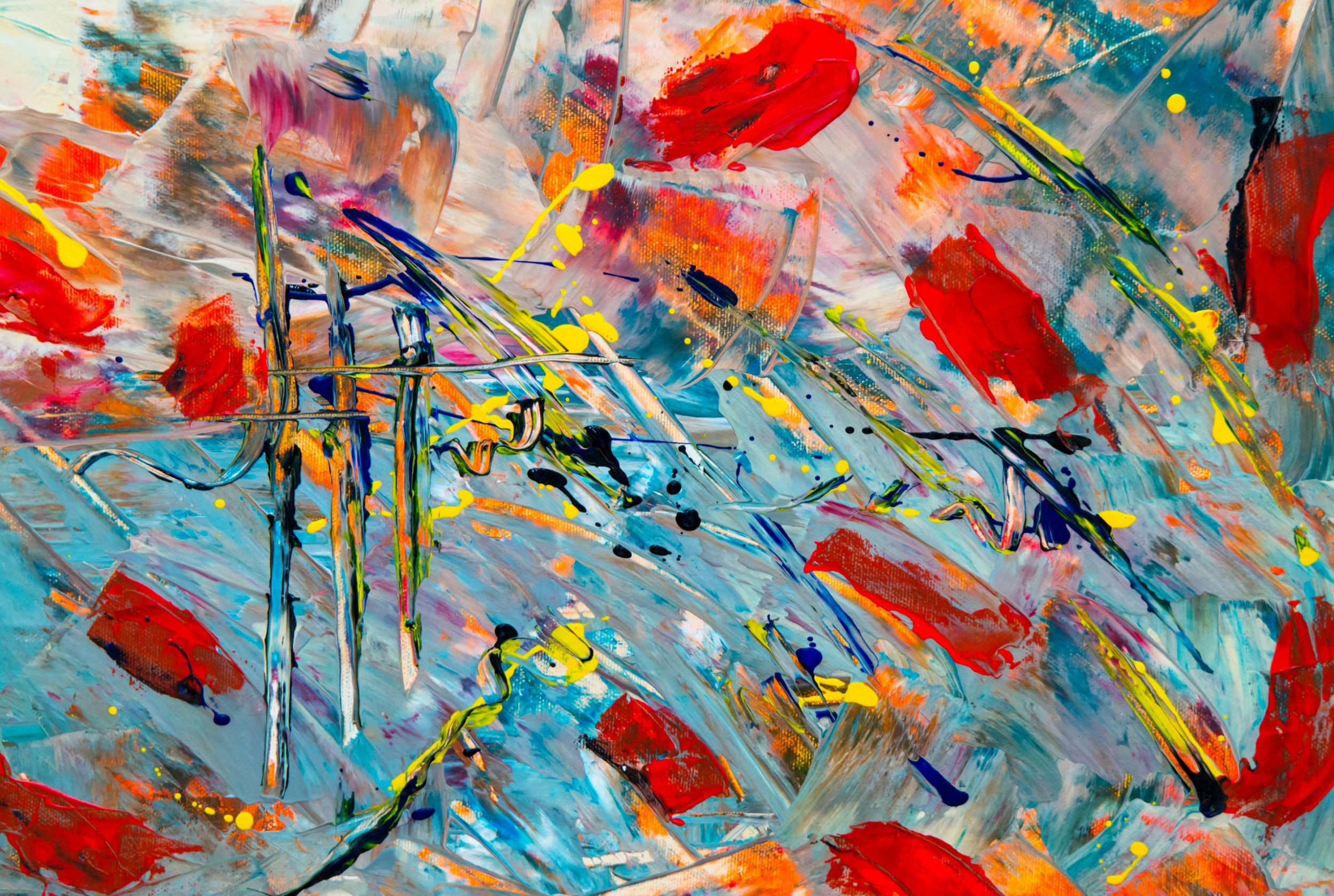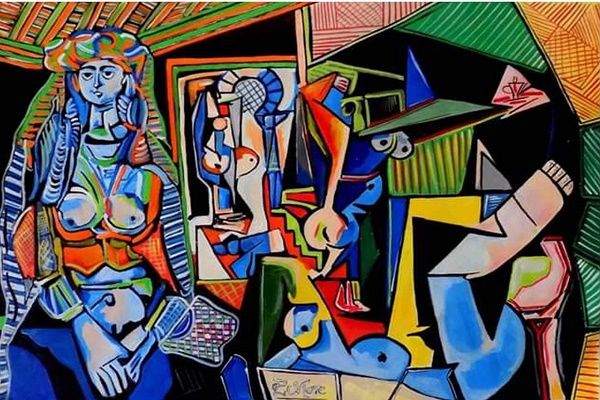Abstract art has been a driving force in shaping the modern art movement. Its unique style and approach have influenced artists, critics, and art lovers alike. In this article, we will explore how abstract art has impacted modern art and continues to shape the art world today.
The Birth of Abstract Art
Abstract art emerged in the late 19th century, challenging traditional notions of art and representation. Artists such as Wassily Kandinsky and Piet Mondrian began experimenting with non-representational forms and colors, paving the way for a new artistic movement that focused on emotion, intuition, and the power of pure visual elements. Abstract art was a radical departure from the realistic styles that dominated the art world at the time, and its revolutionary approach sparked controversy and debate.
The Influence on Modern Art
Abstract art had a profound impact on the development of modern art in the 20th century. Artists such as Jackson Pollock and Mark Rothko further pushed the boundaries of abstraction, creating dynamic and expressive works that challenged viewers to engage with art in new ways. The freedom and experimentation of abstract art inspired a generation of artists to break away from traditional techniques and explore the limitless possibilities of artistic expression.
Breaking Boundaries
One of the key ways abstract art shaped the modern art movement was by breaking down the boundaries between different art forms. Artists began incorporating elements of music, dance, and literature into their abstract works, blurring the lines between disciplines and creating a more immersive and interactive experience for the viewer. This interdisciplinary approach paved the way for new forms of artistic expression and collaboration that continue to influence contemporary art practices.
Embracing Color and Form
Abstract art also revolutionized the ways in which artists approached color and form. By focusing on the essential elements of visual composition, abstract artists were able to create bold and vibrant works that emphasized the power of color and shape. Artists such as Helen Frankenthaler and Josef Albers experimented with color theory and geometric abstraction, pushing the boundaries of what was considered possible in art. Their innovative approaches to color and form continue to inspire artists and designers across the globe.
The Legacy of Abstract Art
Today, abstract art remains a significant force in the art world, influencing contemporary artists and shaping the ways in which we interact with art. The legacy of abstract art can be seen in a wide range of artistic practices, from painting and sculpture to digital art and installation. Its emphasis on experimentation, innovation, and personal expression continues to inspire artists to push the boundaries of what is possible in art.
Abstract Art in the Digital Age
In the digital age, abstract art has found new avenues for exploration and expression. Artists are using digital tools and technologies to create immersive and interactive art experiences that challenge our perceptions of space, time, and reality. From virtual reality installations to algorithmic art, abstract artists are pushing the boundaries of what is possible in the digital realm and creating new forms of artistic expression that resonate with contemporary audiences.
The Future of Abstract Art
As we look to the future, the influence of abstract art on the modern art movement shows no signs of slowing down. Artists continue to push the boundaries of abstraction, experimenting with new materials, technologies, and techniques to create works that challenge, inspire, and provoke. The legacy of abstract art lives on in the work of contemporary artists who continue to shape the art world and redefine our understanding of what art can be.
By [Your Name], Tech Copywriter

